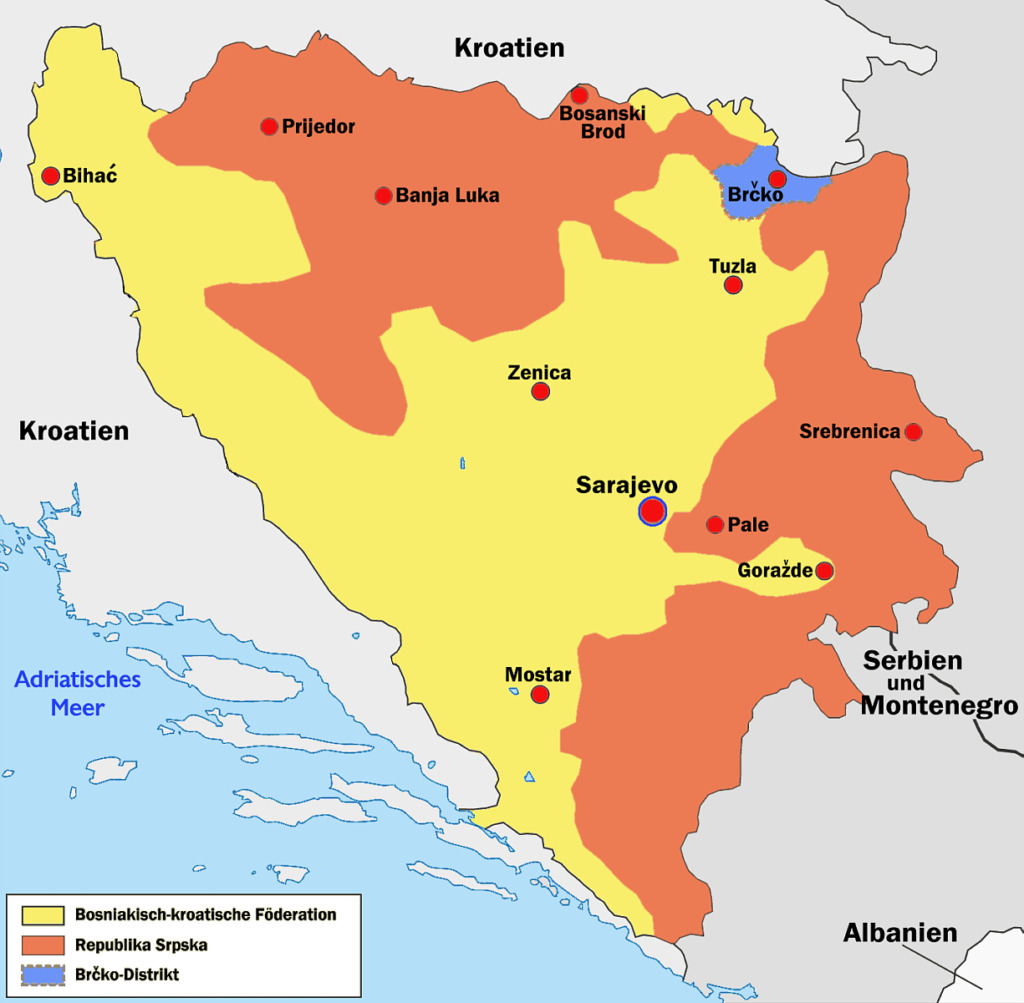On March 4, 2022, Russian forces captured the Zaporizhzhia nuclear power plant in southeastern Ukraine, threatening global security and undermining nuclear safety standards.
As the largest power plant in Europe and among the largest worldwide, the site has six nuclear reactors. The International Atomic Energy Agency (IAEA) estimates the six reactors have a net capacity of 950 megawatts electric, or a total of 5.7 gigawatts electric, according to the Ukraine sources about half its electricity from nuclear power, across four plants and 15 reactors. Estimates indicate each of Zaporizhzhia’s reactors would cost $7 billion to replace, making it a key target for Russia since its permanent ownership over the plant would cost Ukraine 20% of its domestic electricity-generating capacity.
According to the IAEA, Russia’s invasion of Ukraine is the first time war has broken out in a nation with such an established and large nuclear power programme. President Volodymyr Zelenskyy stated that an explosion at Zaporizhzhia would equal “six Chernobyls,” referring to the 1986 nuclear disaster with devastating implications on the Ukrainian population, environment and economy.
The power plant remains under Russian control despite G7 demand and pleas from Ukrainian authorities to maintain a 30-km safety buffer.
Inside Zaporizhzhia
Despite operating under Russian control, the plant is staffed by Ukranian technicians. Inside the plant, Ukrainian operators have detailed a highly stressful work environment. Petro Kotin, president of Ukraine’s leading nuclear agency Energoatom, has described the circumstances as “a regime of harassment of personnel.” Two staff members were reportedly beaten to death, the whereabouts of 10 are unknown and over 200 staff members have been detained. The high-stress environment increases the risk of human error and mistakes that can have catastrophic consequences.
Andriy Tuz, former head of PR at the plant, spoke about his experience and the increasingly difficult safety conditions for staff. He described the takeover as gradual, saying that Russian officials initially stayed out of the operators’ way, but that as time went on their interference became extreme. When Tuz did not cooperate with pressure from Russian authorities to spread misinformation about the circumstances at the plant, he was not allowed to continue his work.
External Threats
The Zaporizhzhia nuclear plant has been the subject of continuous shelling, over which Moscow and Kyiv have repeatedly traded blame. This has included direct strikes from artillery shells, damaging auxiliary equipment and power lines (but not the reactors). Despite Russia denying responsibility for the attacks, witnesses interviewed fleeing the site have indicated Russian involvement in the strikes.
Dread and fear have been ramping up in the past few weeks as officials in Nikopol, located on the opposite bank of the Dnieper River from Zaporizhzhia, begun distributing iodine pills for protection from radiation and have cited cases of fires and blackouts, undertaking preparation processes in case of disaster.
International Response and Recent Developments
Despite pushback from Russian authorities, on Sept. 2, a team of 14 IAEA experts arrived at the Zaporizhzhia nuclear plant to inspect the “security and the safety situation” and attempt to establish a permanent presence in the plant. The team drove through active conflict, and upon arriving was forced to “stand in line” for many hours as Vladimir Rogov, a Russian-appointed regional official for Zaporizhzhia, denied the IAEA officials any “special passes.” After the inspection, six members of the team stayed behind to continue their work, two of which are expected to remain at the plant to establish a continuous presence.
On Sept. 9, just a week after the watchdog’s visit, shelling destroyed the power infrastructure fueling Enerhodar, the city home to the plant’s operators and their families. This resulted in a complete blackout in the city, including no running water, sewage or power. The threat of shelling has diminished the probability of re-establishing reliable offsite power supply to Zaporizhzhia. Rafael Mariano Grossi, director general of the IAEA, recognized that the subsequent shortage of available personnel able to operate the plant, paired with the risk of shelling, renders it acceptable to shut down the only remaining operating reactor. The power plant would then be fully dependent on emergency diesel, and could not be re-started until offsite power was re-established.
To further decrease the risk of disaster, there has been strong support from the international community to establish a nuclear safety and security protection zone around the power plant. On Sept. 21, French President Emmanuel Macron hosted an event in New York on the topic of securing the safety of civilian nuclear facilities in armed conflict. The event was attended by senior representatives from Canada, France, Germany, Italy, South Korea, Switzerland, the United Kingdom, the United States and Ukraine, signaling the growing momentum for reshaping agendas to promote nuclear security during violent conflict.
UN Secretary-General António Guterres has vocalized the necessity of establishing a demilitarized zone around the plant through an agreement that would “include a commitment by Russian forces to withdraw all military personnel and equipment from that perimeter and a commitment by Ukrainian forces not to move into it.”
Non-Compliance and Consequences
Russia’s actions around the plant and failure to comply with security measures represent a violation of international humanitarian law, which prohibits attacks against civilian targets and demands “particular care” around nuclear power stations. Pushback on human rights abuses and the consistent negligence of these norms led to the April 2022 UN General Assembly Vote that suspended Russia from the Human Rights Council, during which 93 of 193 members voted in favor of the suspension. The influence of the decision on the Russia is questionable, considering that after the vote, Russia’s Deputy Permanent UN Representative, Gennady Vladimirovich Kuzmin, claimed that Russia had “already decided” to withdraw from the council, deflecting the blame to other nations for complicity in human rights violations.
The frequent contradiction of Russia’s own established standards calls into question the future of nuclear safety, and whether international institutions such as the IAEA can overcome roadblocks to cooperation to enforce global security.







